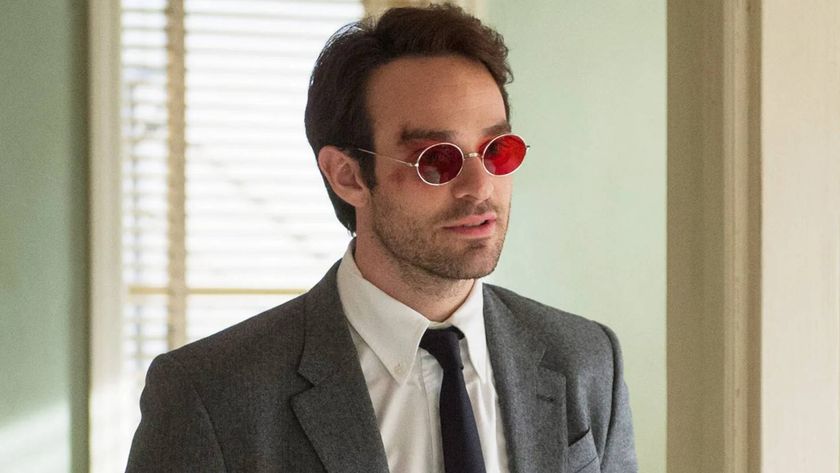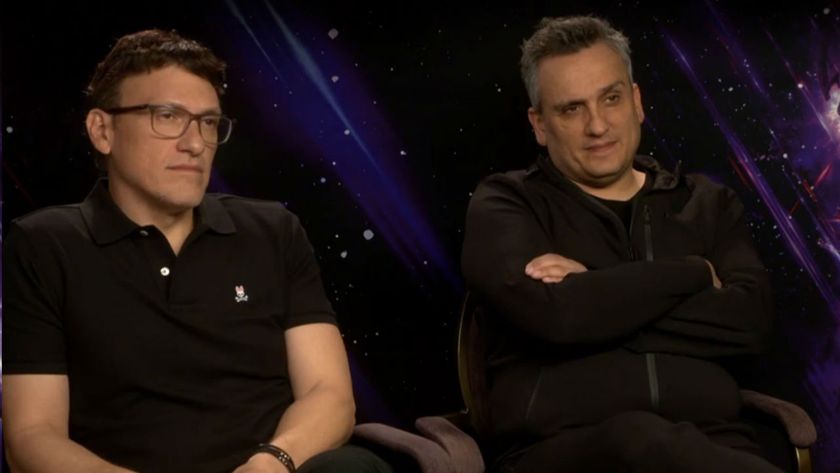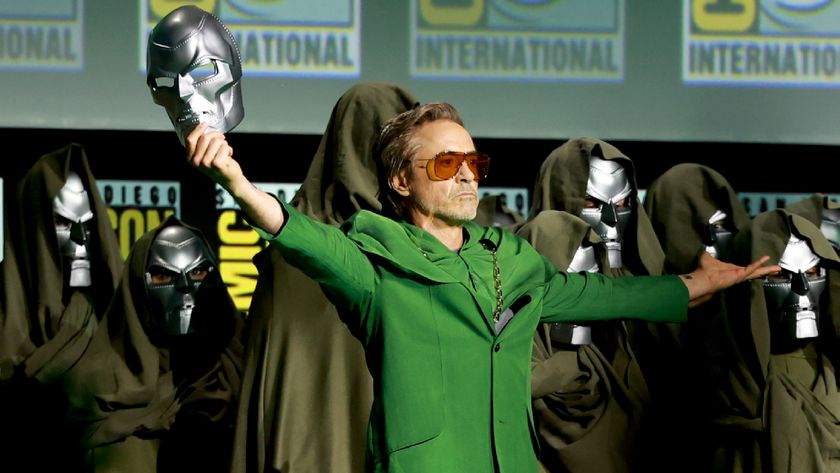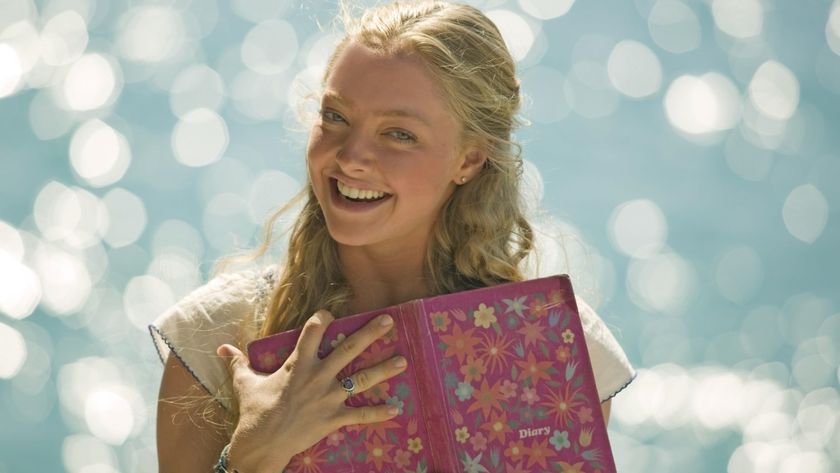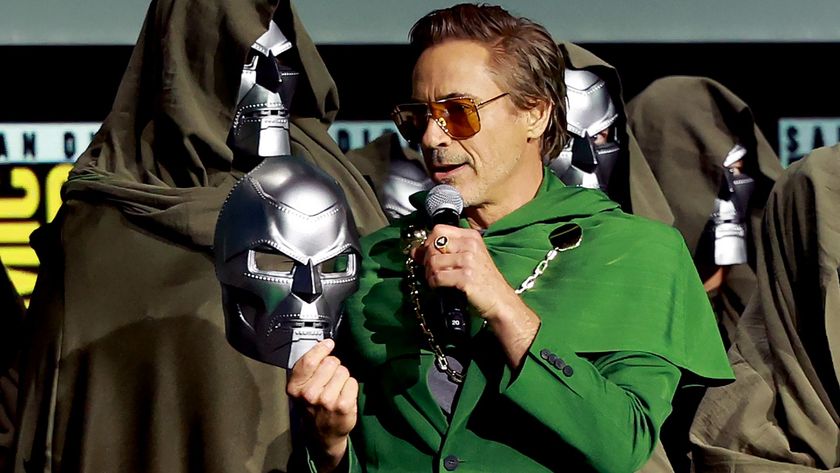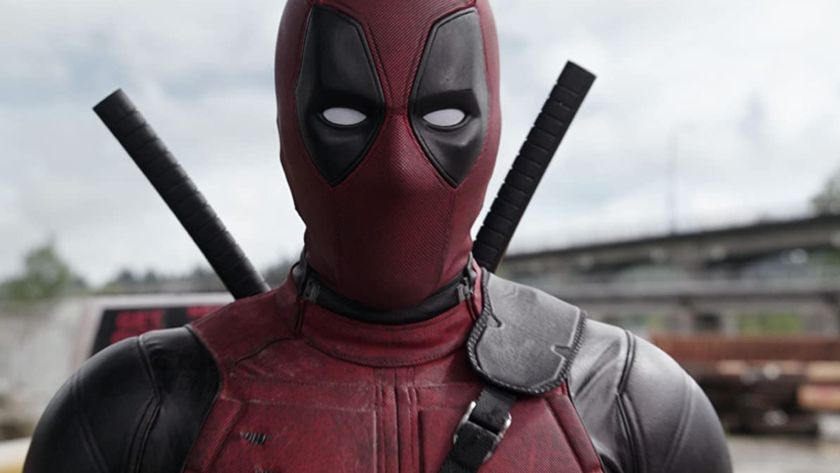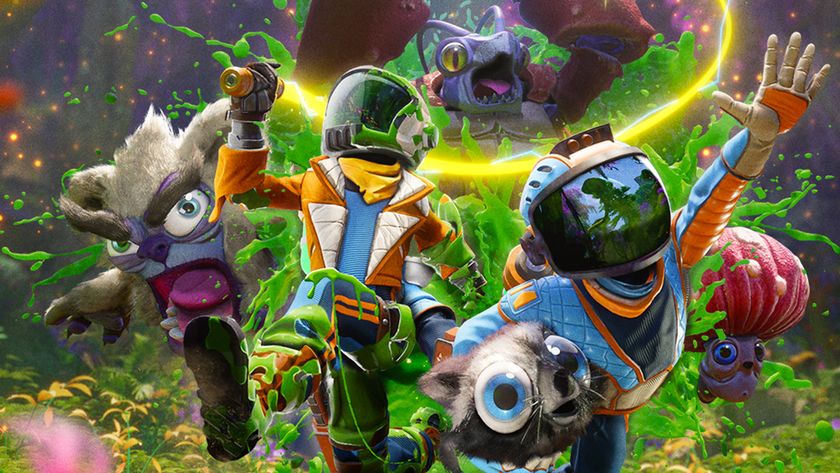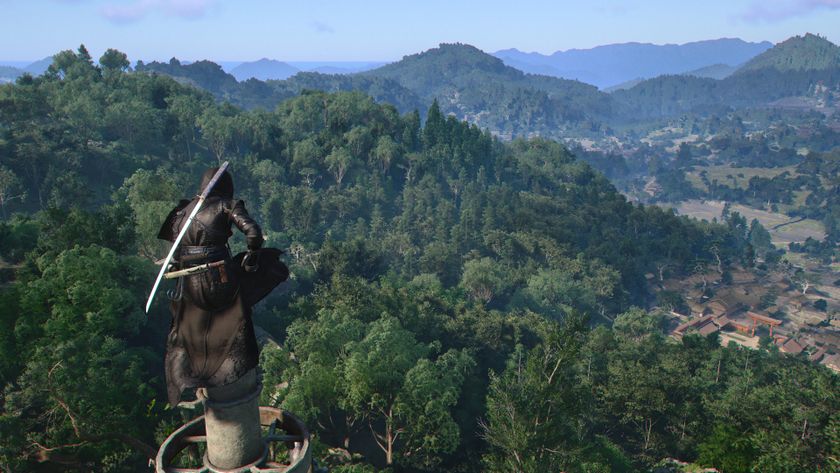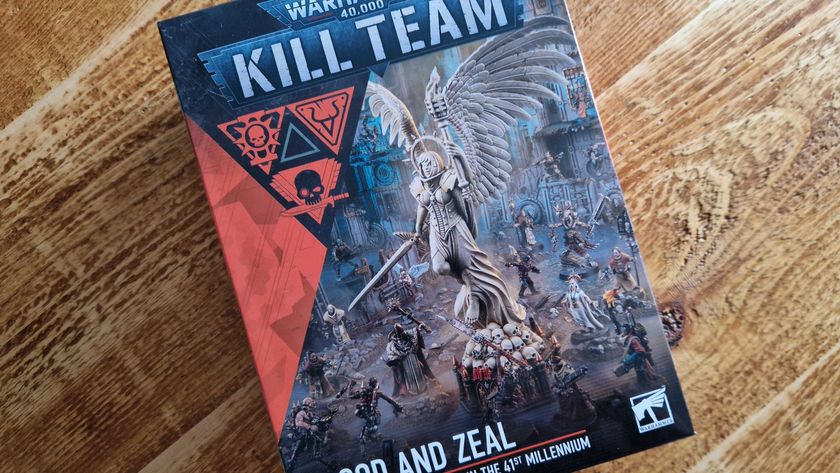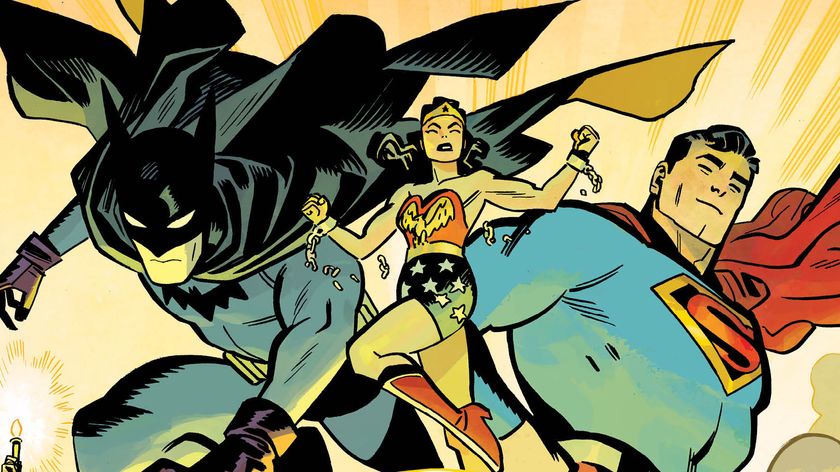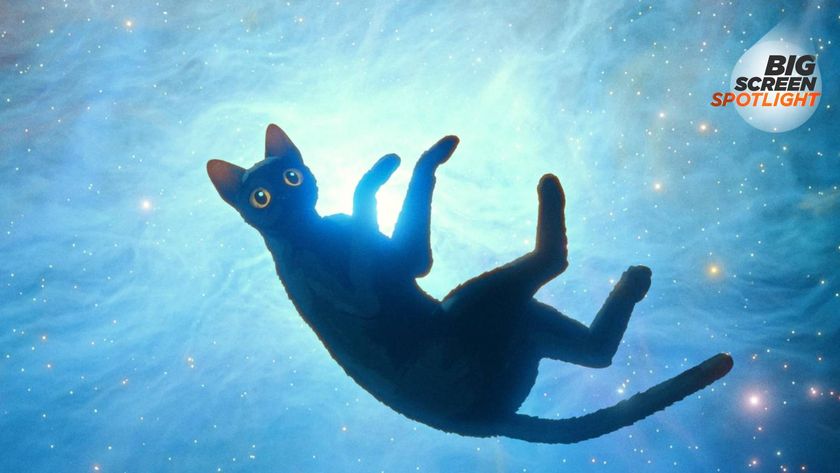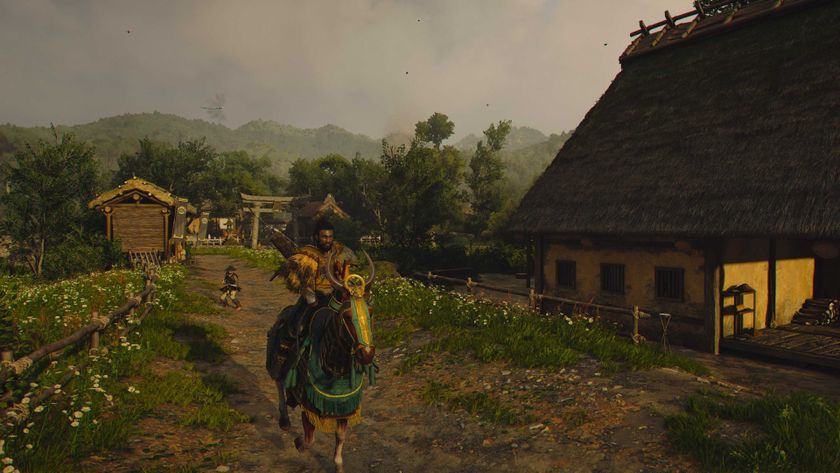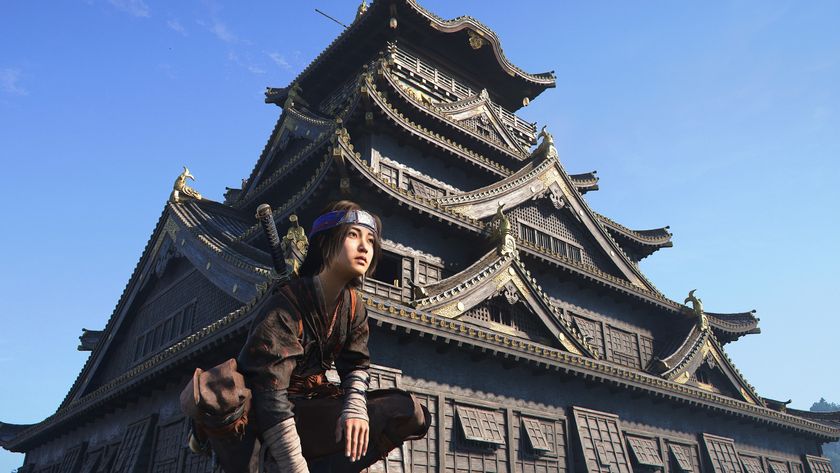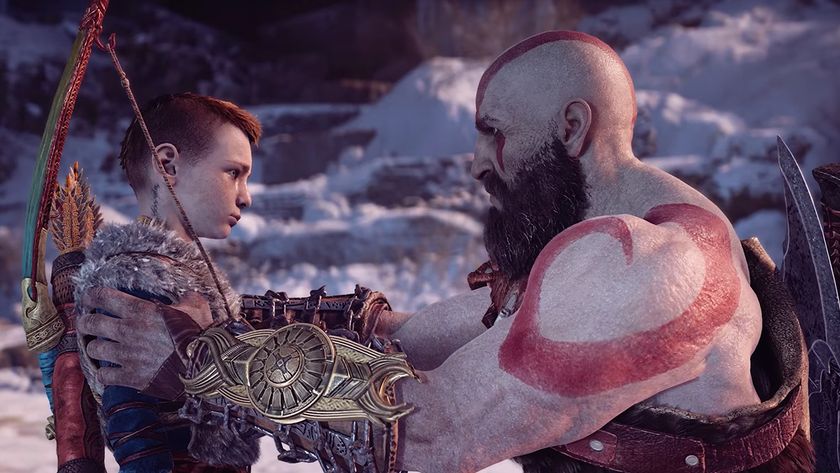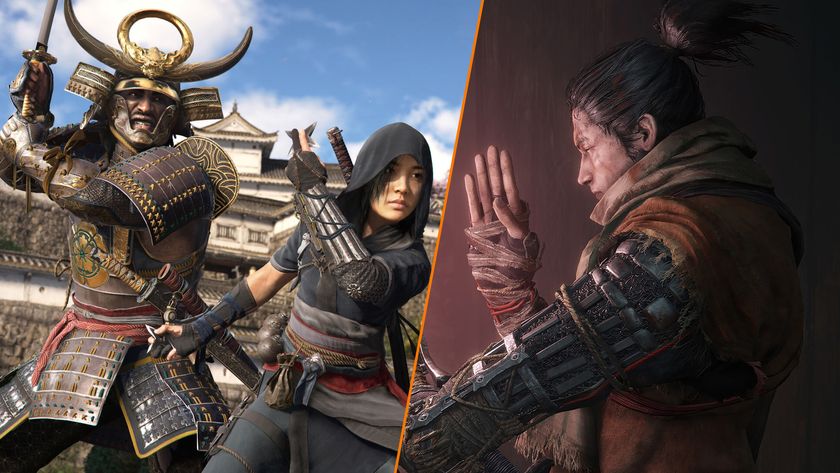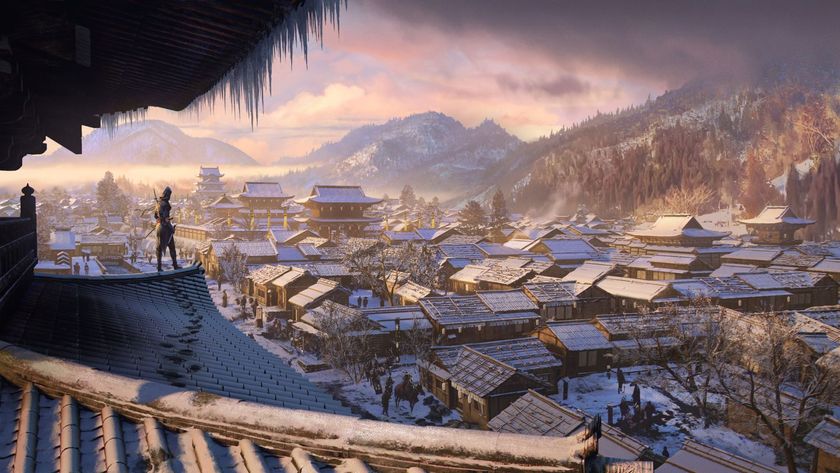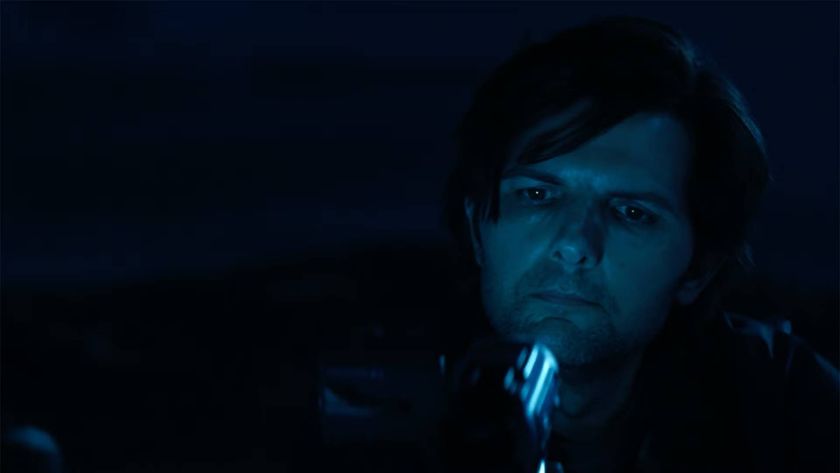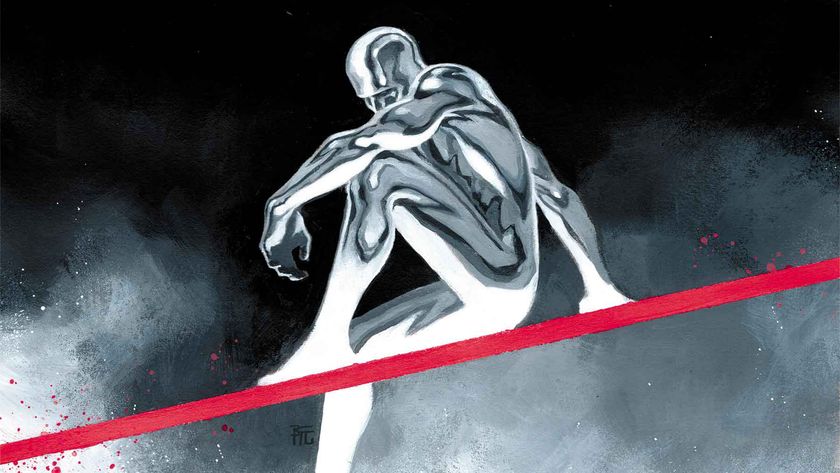Remembering Nick Fury's "Big Week": When the events of The Incredible Hulk, Thor, and Iron Man 2 all happened at the same time
With Captain Marvel on the horizon, we pay tribute to Nick Fury’s work ethic and Marvel Studios commitment to the MCU timeline
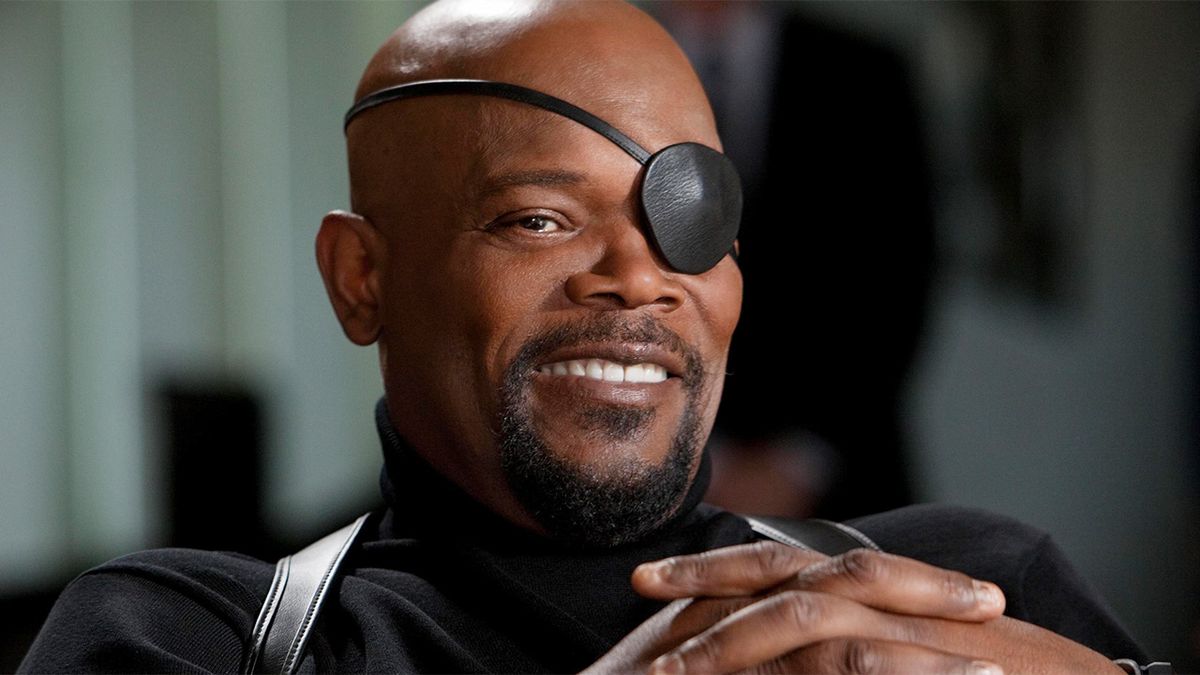
Timelines can be a tricky when you’re juggling an entire cinematic universe - just ask Marvel Studios! With over 20 movies (and counting) spanning multiple time periods, sequels, prequels, time travel, and other dimensions, the exact chronology of the MCU has been more or less thrown out the window at this point (exactly how old is Tony Stark when his parents die? No one knows!), but there’s one week which Marvel is crystal clear on. And boy, what a week it was!
As we look forward to a ‘90s-era Captain Marvel touching down in theaters this weekend (or should I say, crash landing at Blockbuster) and brace ourselves for a possible time-travel romp in Avengers 4: Endgame in April, let’s take a moment to fondly remember one of Marvel’s all-time most ridiculous chronological nightmares it worked really hard to figure out: When it decided to set the events of The Incredible Hulk, Thor, and Iron Man 2 all in the same week.
Now referred to as “Fury’s Big Week” (complete with a 4-issue limited print run comic series, written by Marvel Comics writer Christopher Yost and Thor: Ragnarok screenwriter Eric Pearson), the overworked S.H.I.E.L.D. agent was bouncing between having to handle the drama of Iron Man 2’s Stark Expo in Queens, to the fight between Hulk and Abomination in the streets of Harlem, to discovering Thor’s hammer in a small town in New Mexico. If you’re stuck struggling to fit those three big MCU movies into your head at once, you’re not the only one, but thankfully, the comic book lays it all out in an easier-to-understand, if still ridiculous, series of events.
According to the comic, Fury’s seven-day gauntlet began in the Arctic, where he and Agent Phil Coulson discover a deceased pilot and an unexploded bomb—sucked out of the HYDRA plane at the end of Captain America: The First Avenger—buried under the ice. They’re on the search for Captain America, until the cloak-and-dagger World Security Council cancels the expedition and recalls Fury. 12 hours later, Fury’s in New York and the Council tells him they’re throwing all of S.H.I.E.L.D.’s resources towards finding a way to study (and weaponize) the Tesseract and threatens him to get on board. Fury, badass that he is, agrees but privately tells Coulson they’re going to continue running their own operations on the side.
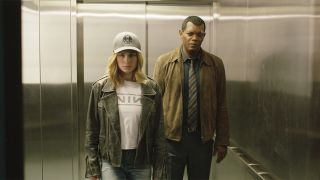
Every new Marvel movie coming in 2019 and beyond
Around this time, Coulson gets wind of unusual weather above New Mexico and asks to be allowed to investigate but Fury dismisses it. Meanwhile, S.H.I.E.L.D. scientists figure out that Tony Stark is dying of palladium poisoning from the arc reactor in his chest. Fury tracks the billionaire inventor to Randy’s Donuts and gives him a crate of his father’s old materials, explaining that Stark senior jointly invented the original arc reactor with Anton Vanko whose son is now wreaking havoc and secretly working for Hammer Industries (you’ll remember all this from Iron Man 2). While Stark finds his father’s secret plans for how to create a new element which can be substituted for palladium, Fury finally lets Coulson head to Roswell to investigate what is now believed to be evidence of a wormhole (cueing up Thor). Fury also assigns “Hawkeye” Clint Barton to join him in New Mexico, and Natasha Romanoff to Culver University to monitor Bruce Banner, where she watches Hulk decimate General Ross’ soldiers on campus (The Incredible Hulk). Still with me?
Crap starts spiraling out of hand real quick after this. Fury starts getting calls from Romanoff who says that Banner escaped, Coulson who’s describing a battle between gods Thor and Loki, and S.H.I.E.L.D. agents who inform him that General Ross is accessing their systems. Fury confronts Ross, who says he won’t back down from restarting the “super soldier” program and he’s already loaded Emil Blonsky up with juice. That night, Banner and Blonsky duke it out as their beefy alter-egos, devastating Harlem (again… we see this happen in The Incredible Hulk).
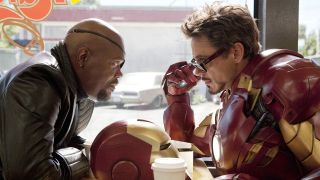
After this nightmare, Romanoff isn’t sure that S.H.I.E.L.D. will be enough to keep the peace in an ever-expanding universe of superheroes getting into fistfights on Earth. Fury agrees and pitches a new plan to the World Security Council. Yes, they can keep doing what they’re doing trying to crack the Tesseract. But over the last few days, Fury has helped saved Stark’s life, stopped Ross’ overeager super soldier experiments, and formed an alliance with a Norse god. Fury’s also still looking for Captain America (good call) and, combined with the confiscated Destroyer armor (from Thor and Loki’s New Mexico fight) and Stark’s newly created element (which Stark wants to call “badassium”), he offers something to the Council that might be more beneficial than just a handful of new weapons: the possibility of building a team of people to help fight the battles that S.H.I.E.L.D. can’t. The Council agrees, and a year later, Captain America is discovered in the Arctic. Cue theme music.
Sign up to the SFX Newsletter
Get sneak previews, exclusive competitions and details of special events each month!
In a franchise known for its sometimes-accurate, sometimes-not continuity, there’s some serious time management that went into mapping all this out over just seven days. And to think, it’s all pre-Captain America. Back then, alien invasions weren’t a semi-monthly event—as they eventually become in The Avengers, Thor: The Dark World, and future films—but even that seems preferable to half the Universe vanishing, a la Avengers: Infinity War.
Maybe Nick Fury played dead at the end of Captain America: The Winter Soldier not just to expose the hidden secrets of S.H.I.E.L.D., but because he wanted a break. With Captain Marvel and arguably Fury’s biggest MCU role to-date on the way, “Fury’s Big Week” probably wasn’t the first time the S.H.I.E.L.D. agent had a pretty full plate, but having been working this hard since the ‘90s, it’s probably safe to say the man is beat.
Shhhh! Here's what you need to know about the Captain Marvel ending and the Captain Marvel post-credits scenes.
